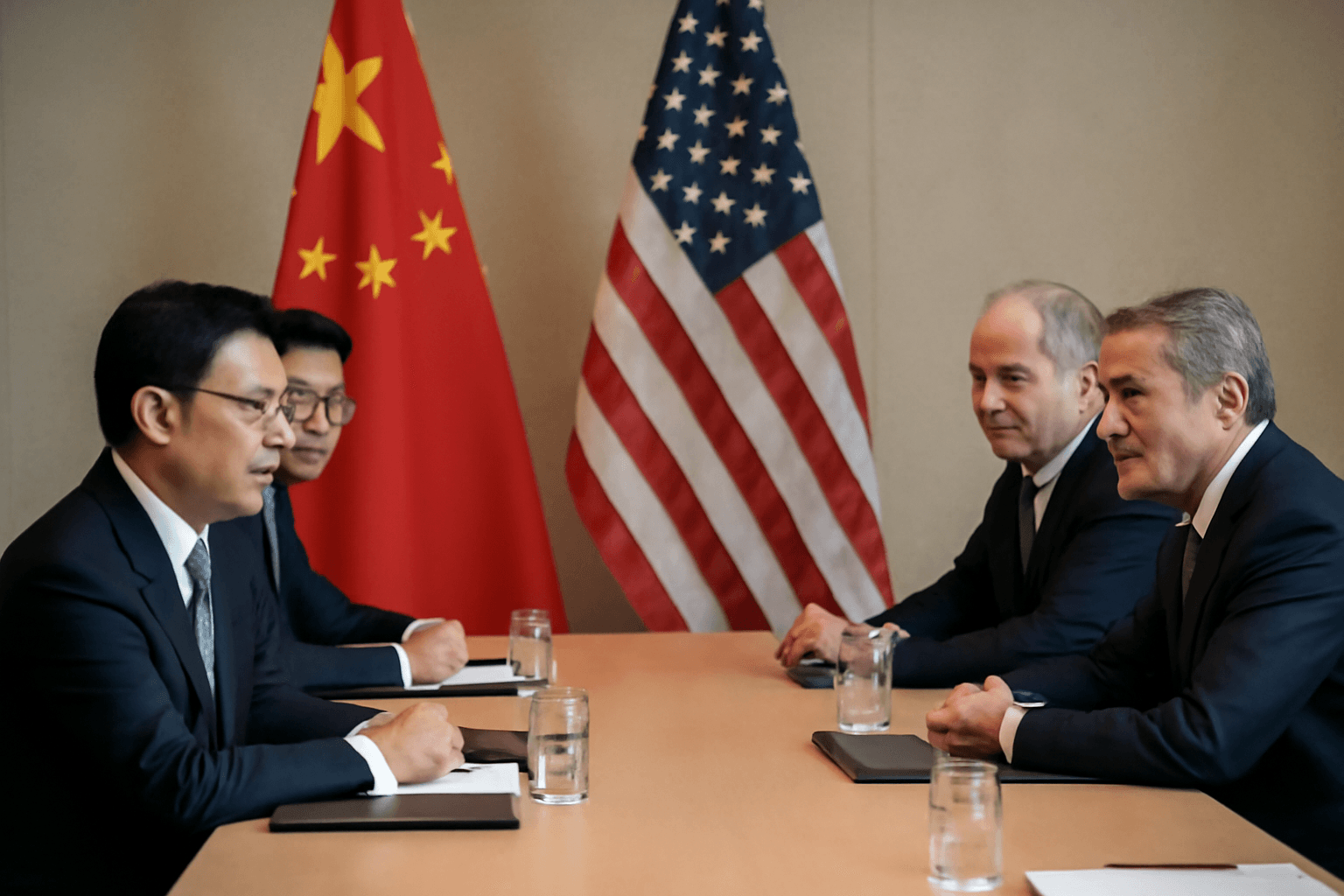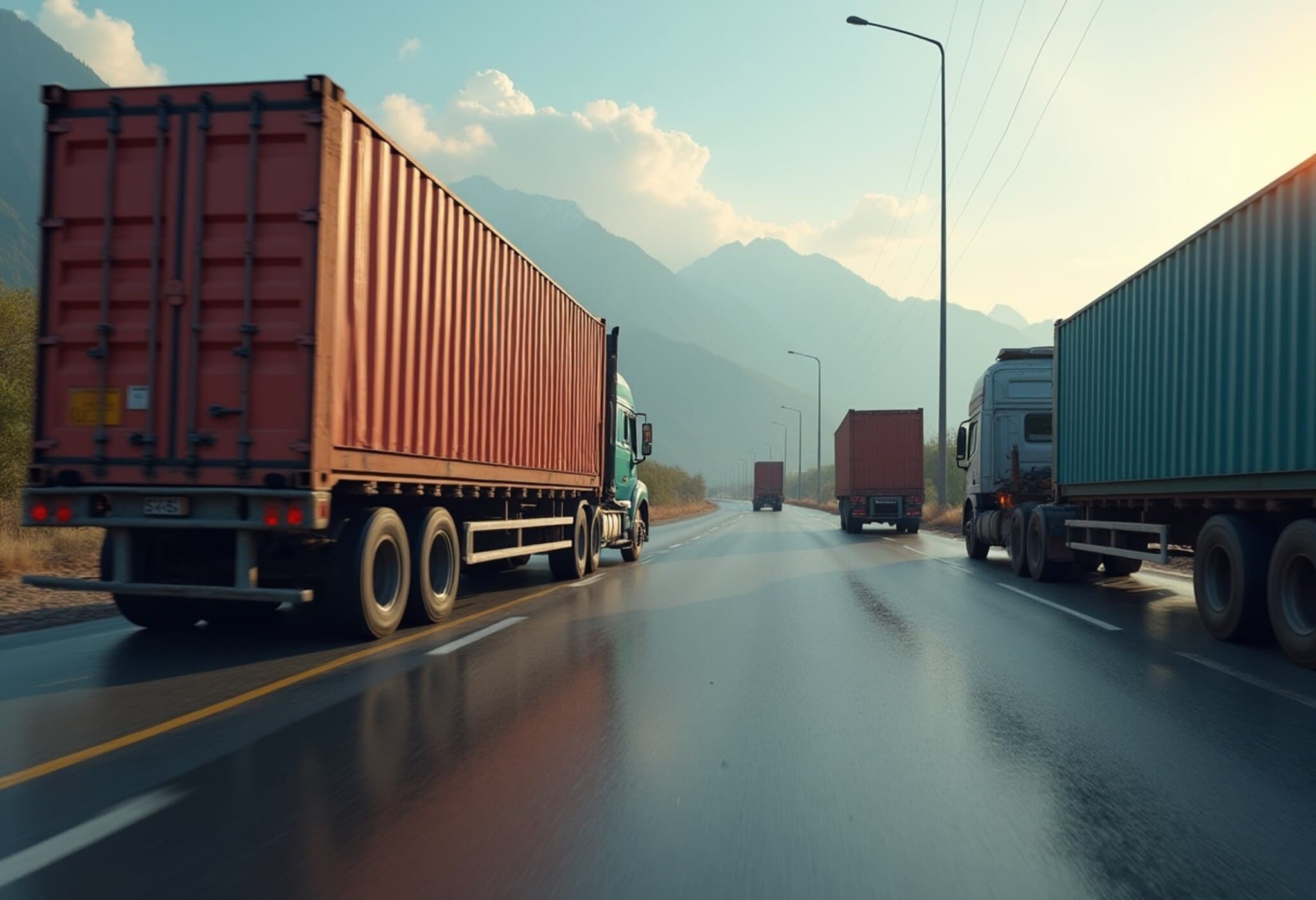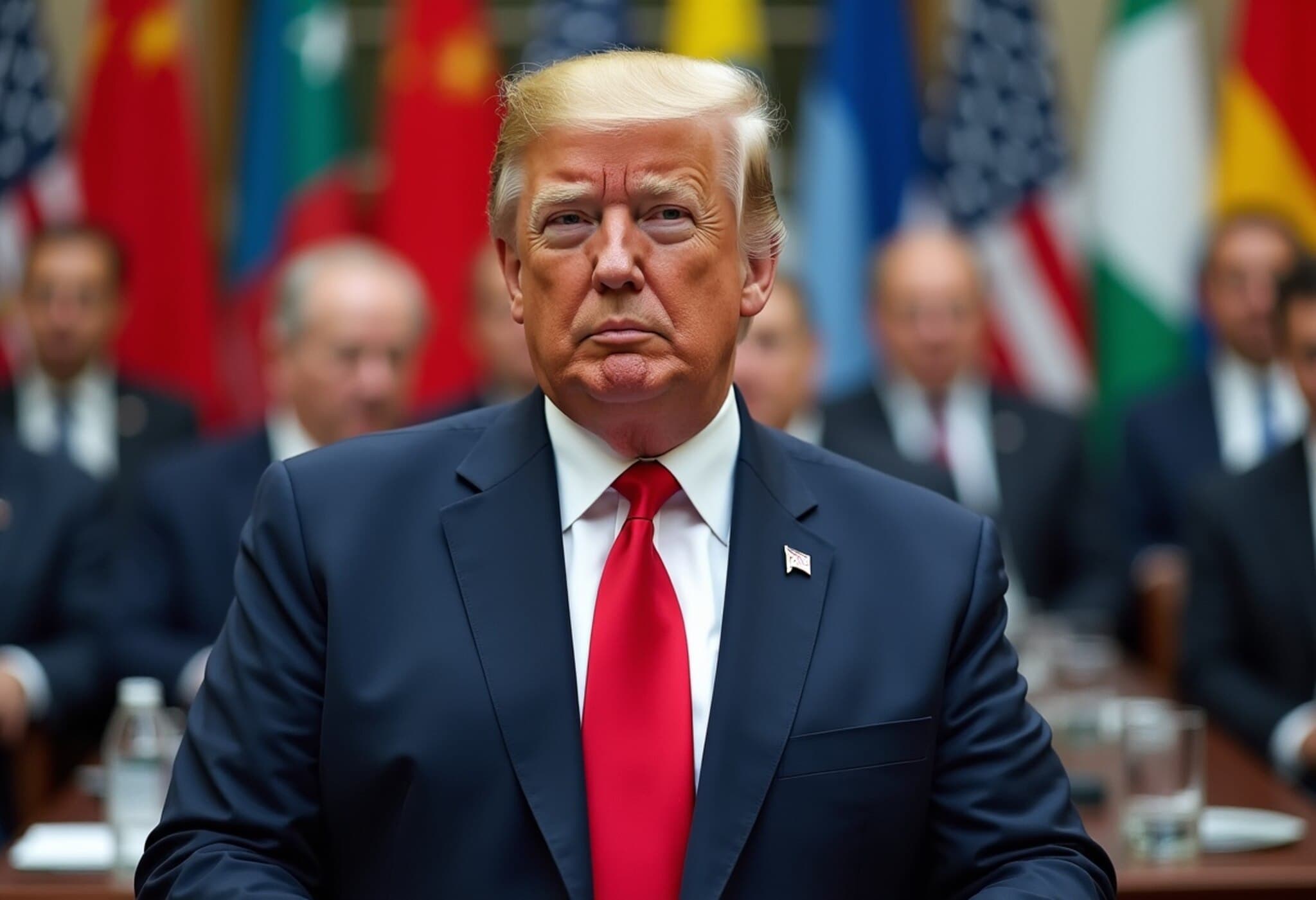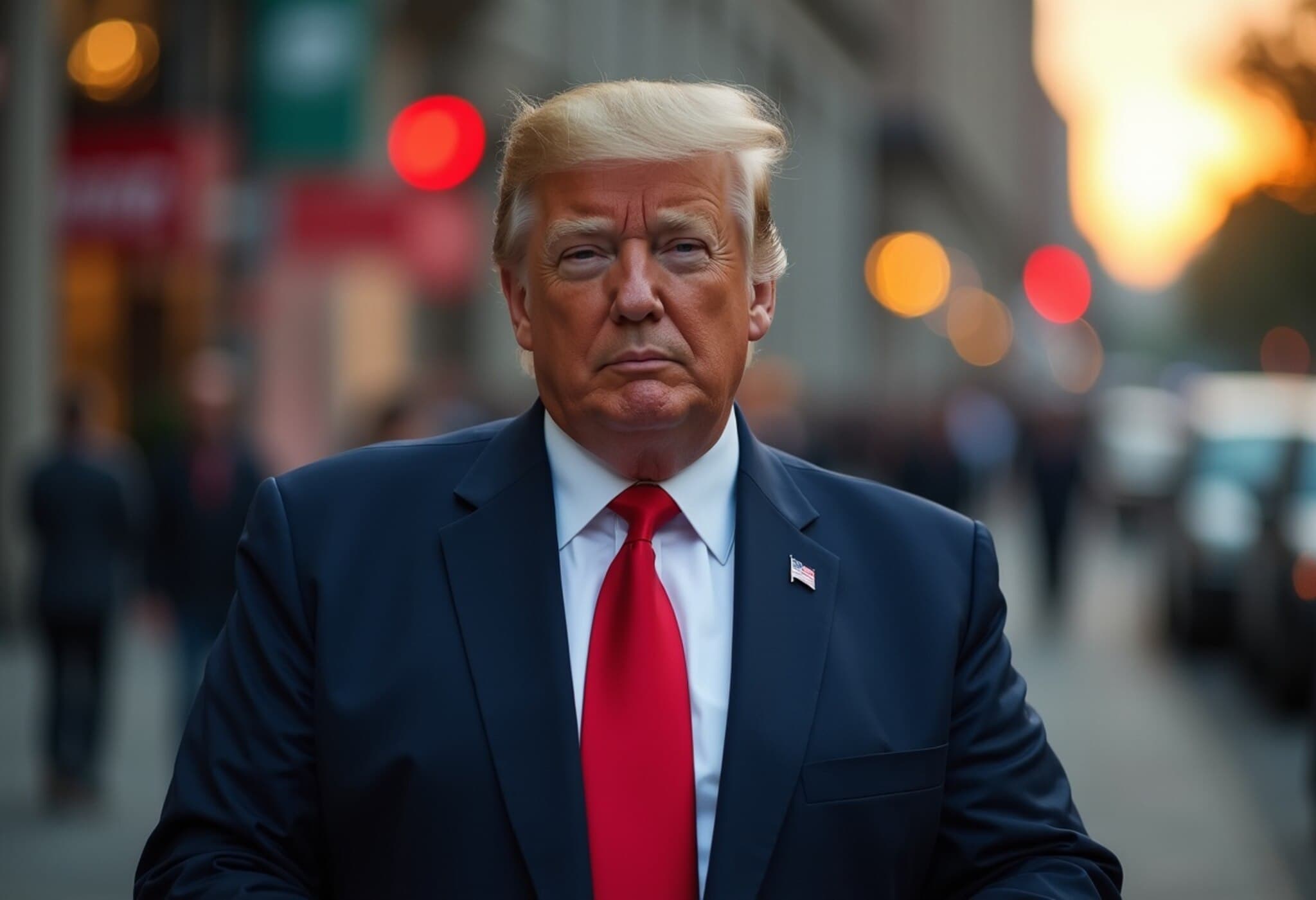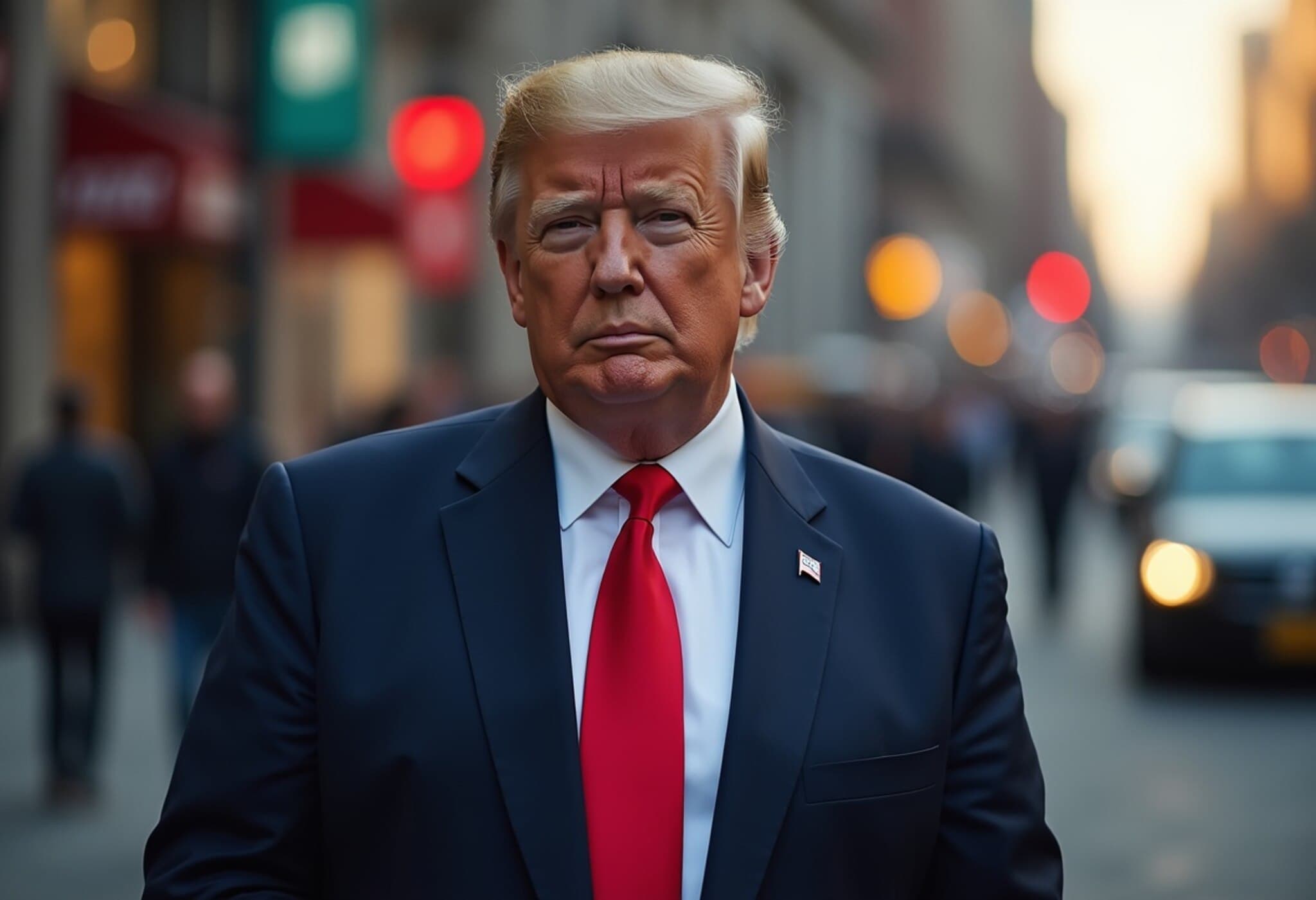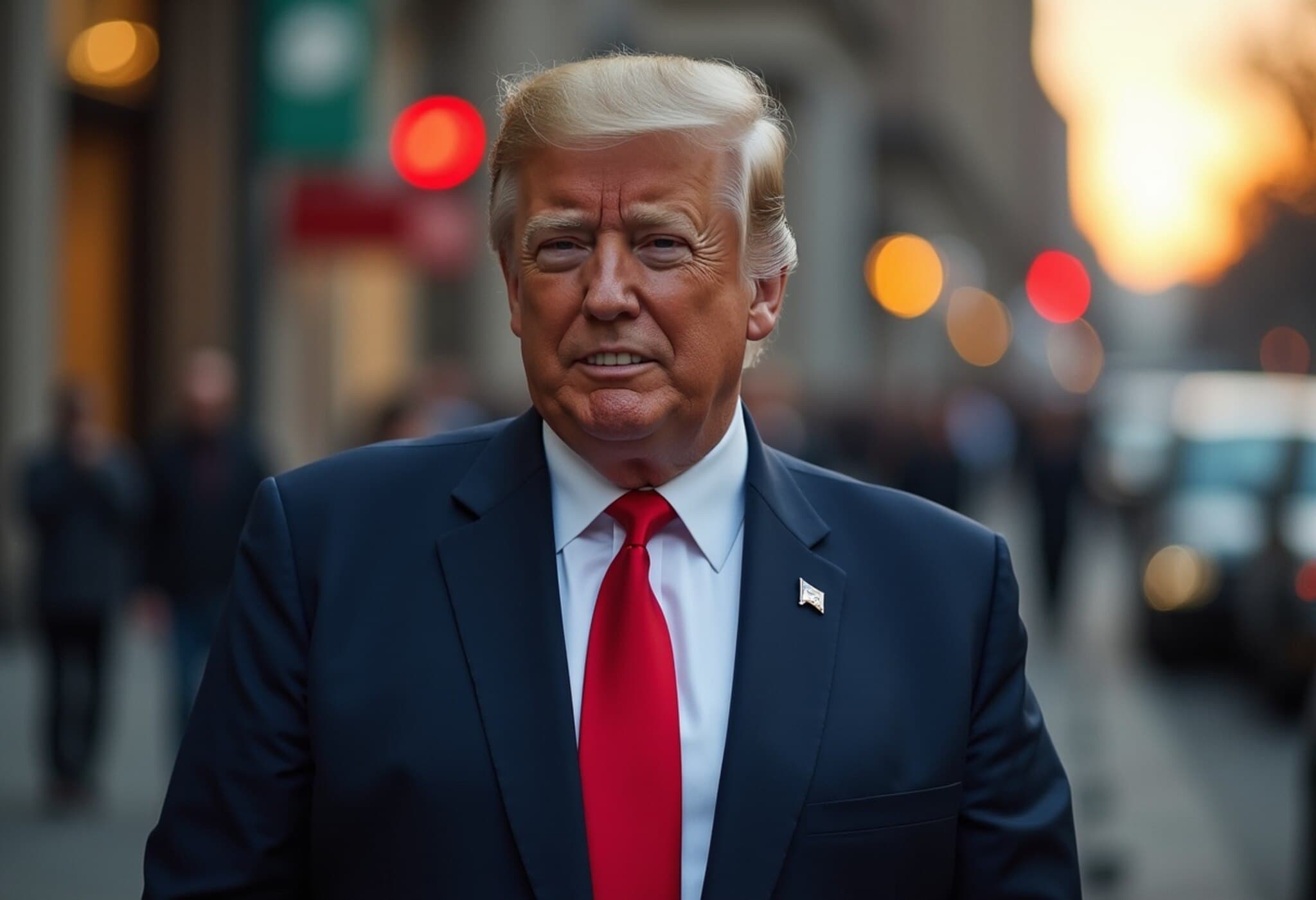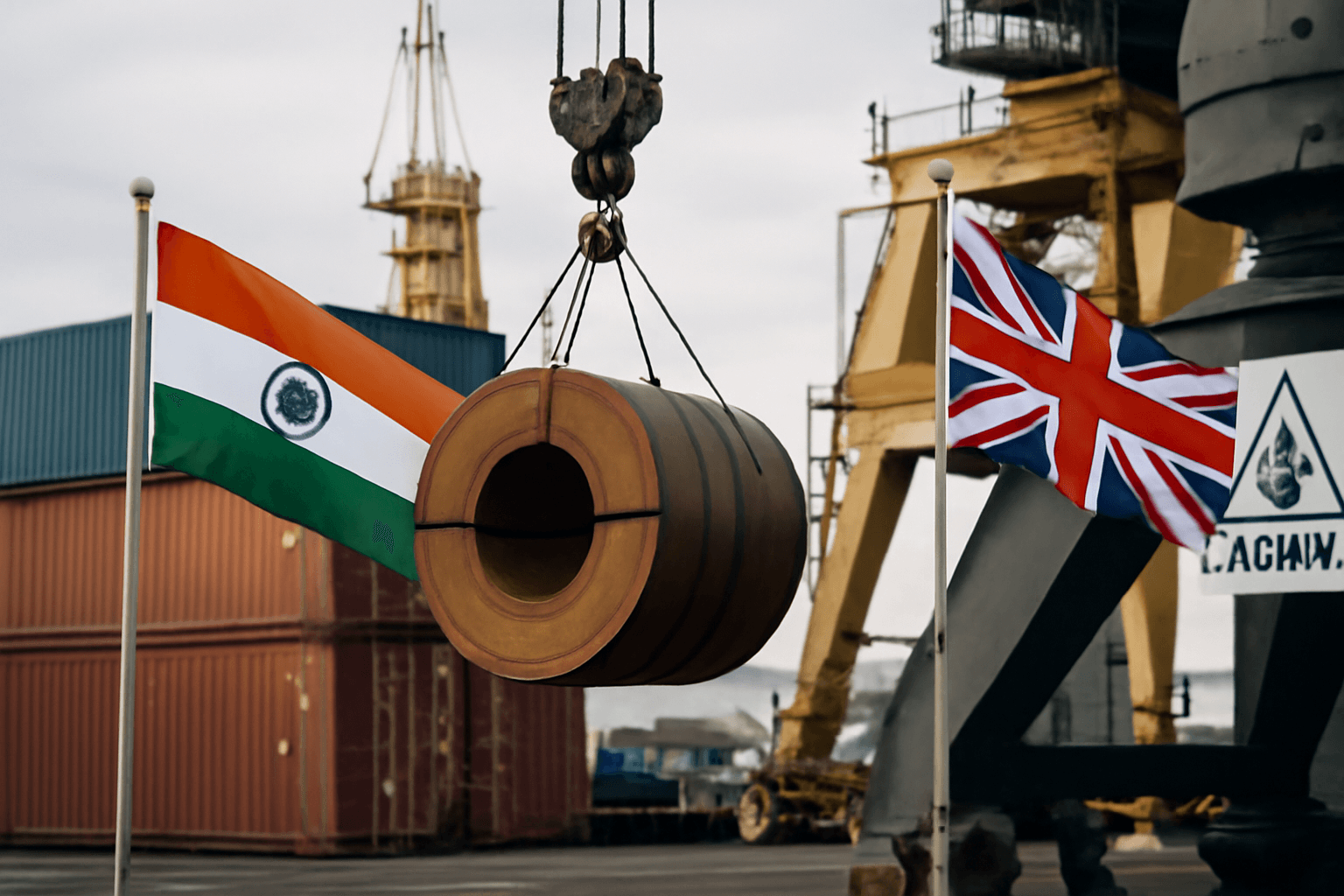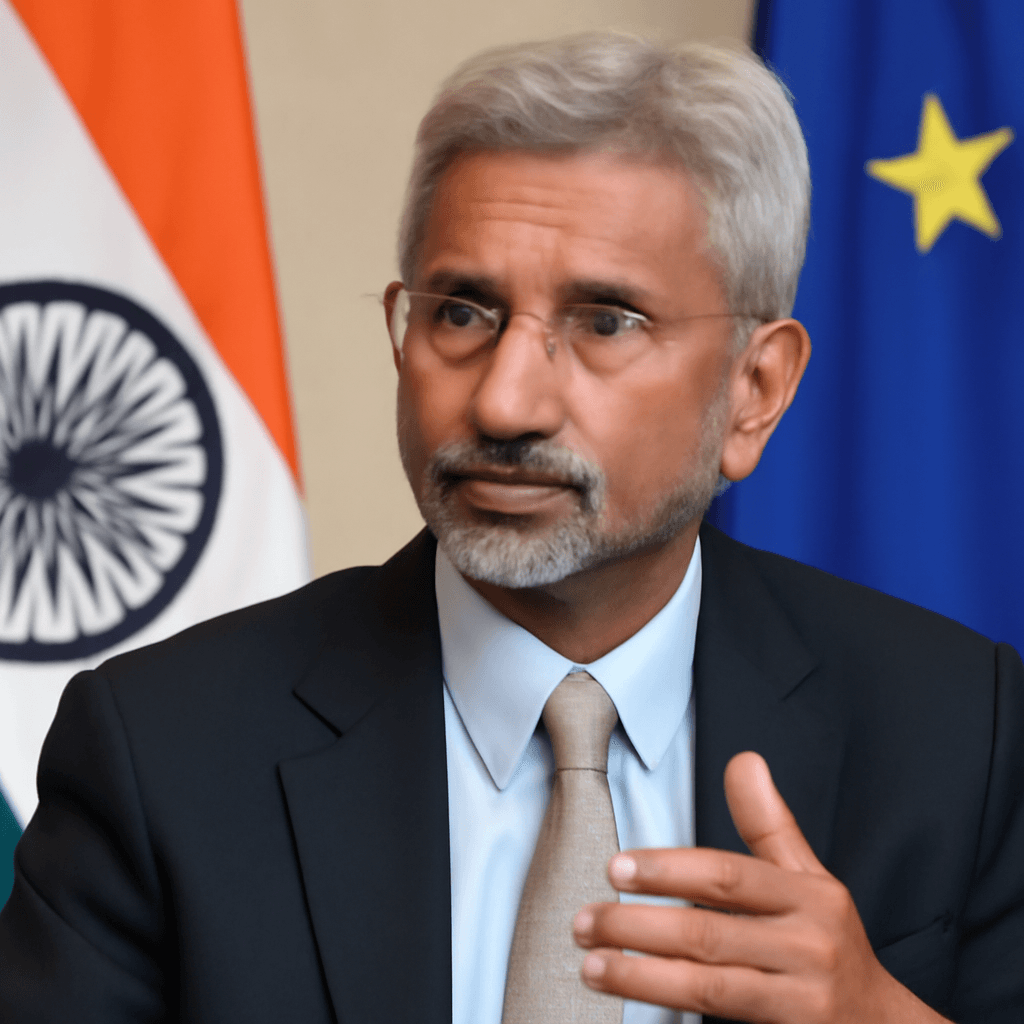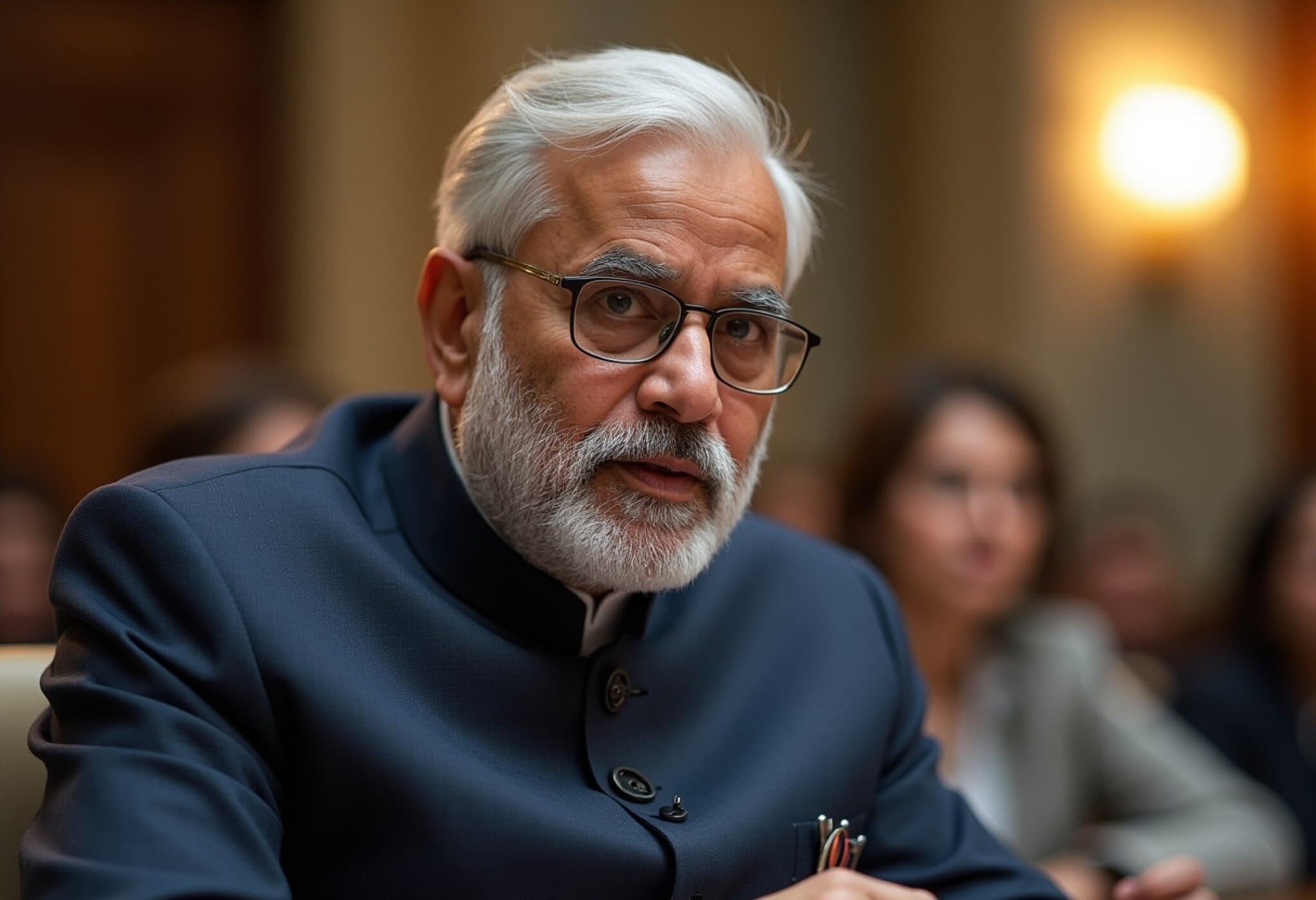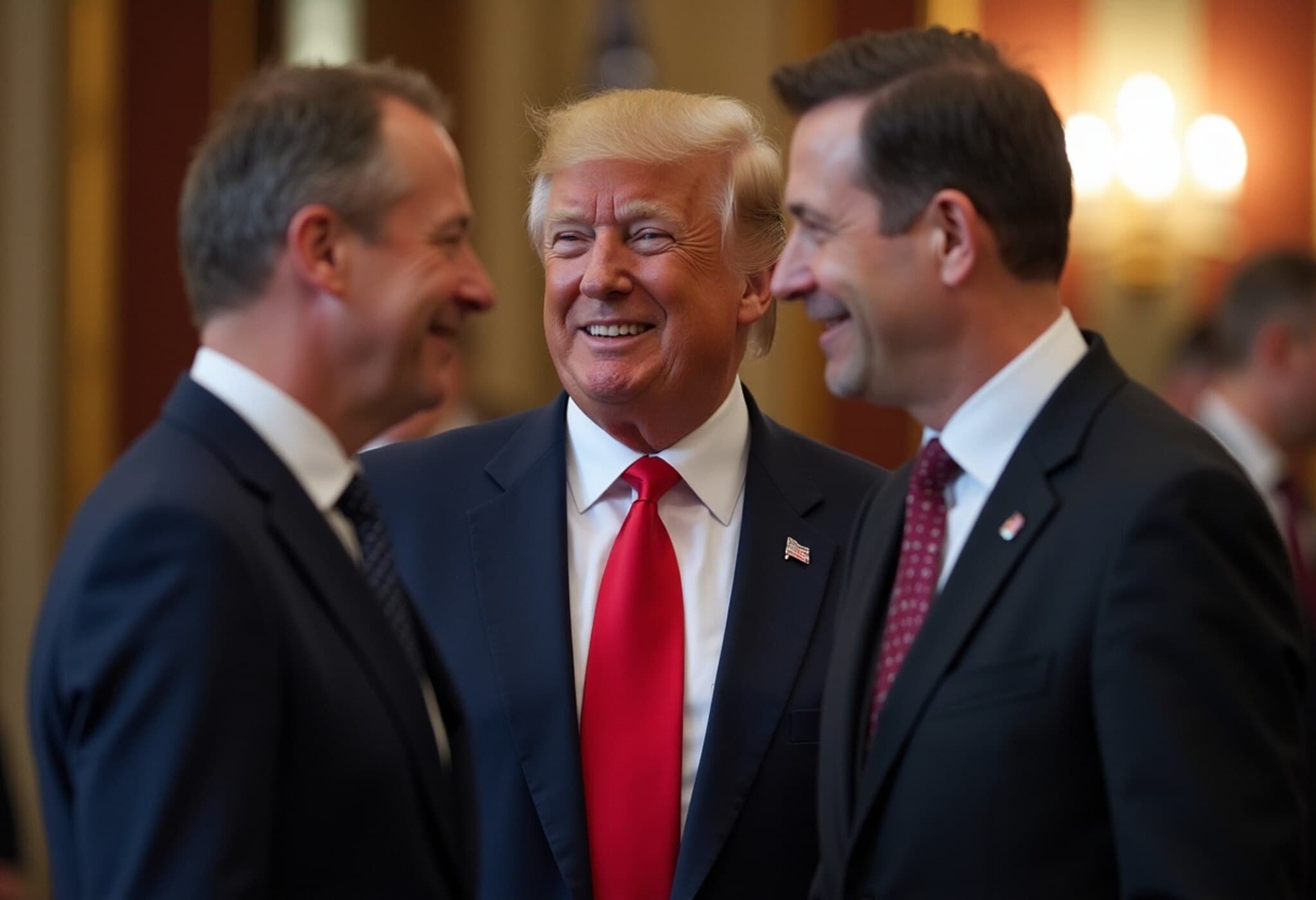Understanding the UK-India Free Trade Agreement and the Carbon Border Adjustment Mechanism
In a significant development during Indian Prime Minister Narendra Modi's July 2025 visit to the UK, both countries finalized a much-anticipated Free Trade Agreement (FTA) aimed at bolstering bilateral commerce. While the agreement promises substantial economic benefits, a looming challenge remains unaddressed within its framework: the UK's proposed Carbon Border Adjustment Mechanism (CBAM).
What is the Carbon Border Adjustment Mechanism?
The UK's CBAM is essentially a carbon tax on imported goods, designed to level the playing field for domestic industries as the country intensifies its efforts to achieve net-zero emissions. Scheduled for implementation in 2027, the mechanism imposes levies on products based on their embedded carbon emissions—a system intended to incentivize greener supply chains and curb carbon leakage.
Why Was CBAM Excluded from the FTA?
Despite the UK's announcement of the CBAM plan in December 2023, it remains absent from the recently concluded India-UK FTA. The primary reason is procedural: the UK has yet to formally notify the tax at an international level, a necessary step for its inclusion in trade agreements. This omission reflects the complexities of aligning evolving climate policies with international trade frameworks.
India's Position and Rights Under the Agreement
Officials from India’s trade ministry have clarified that although the CBAM is not part of the FTA, if the UK enforces this tax in the future, India reserves the right to institute counterbalancing measures to neutralize any adverse effects on Indian exports. This understanding has been formally recorded through a note verbale, a diplomatic communication that outlines the contingencies surrounding the CBAM.
- If the CBAM implementation undermines trade benefits that India gains from the FTA, India can recalibrate its concessions.
- The note verbale ensures India’s right to maintain equitable trade conditions.
This diplomatic safeguard intends to preserve balance and protect India’s economic interests without directly hindering the UK's environmental objectives.
Broader Context: India and the Global Carbon Tax Landscape
India is simultaneously in trade talks with the European Union, which implemented its own CBAM. Indian officials have voiced concerns over carbon border taxes functioning as quasi-trade barriers, especially for developing economies where industrial emissions standards and energy mixes differ significantly from those in Europe.
Experts argue that while carbon pricing mechanisms are crucial in tackling climate change, their intersection with trade policies risks disadvantaging emerging economies unless thoughtfully calibrated. The challenge lies in crafting frameworks that reflect global emissions equity and developmental needs.
Economic Impact and Future Outlook
British estimates suggest the India-UK FTA could boost the UK’s GDP by £4.8 billion annually and potentially double Indian exports to the UK by 2030. Yet, the introduction of carbon taxes on imports could complicate this trajectory if Indian exporters face additional costs without adequate mitigation mechanisms.
The ongoing dialogue between India, the UK, and the EU over carbon taxes underscores a broader global negotiation on harmonizing climate action with trade fairness—a balancing act that will define international economic relations in the coming decade.
Expert Analysis: Navigating Climate Policies and Trade Interests
From a policy analyst’s perspective, the UK’s CBAM reflects an emerging trade-environment nexus where carbon accountability is becoming integral to commerce. However, this also raises critical questions:
- How can trade agreements remain flexible yet resilient in face of shifting climate regulations?
- What frameworks can ensure that carbon pricing does not unfairly penalize developing nations?
- Could new mechanisms, such as carbon credit trading or technology transfers, better support fair competition?
India’s strategic use of diplomatic mechanisms like the note verbale shows prudence in protecting its exporters while recognizing the UK’s environmental ambitions—a model of adaptive diplomacy for other nations in similar negotiations.
Conclusion
The UK-India FTA marks a major milestone in enhancing bilateral trade relations. Still, the unresolved inclusion of the Carbon Border Adjustment Mechanism highlights the growing complexities at the intersection of climate policy and international trade. As carbon taxes become more prevalent globally, both nations—and others—must work collaboratively to reconcile environmental priorities with equitable economic growth.
While the India-UK Free Trade Agreement promises mutual economic growth, it also surfaces pressing questions about the future role of carbon border taxes. The delicate balance between environmental responsibility and trade equity demands continued vigilance. Readers are encouraged to follow how evolving policies on carbon taxation will influence global trade norms and whether emerging economies like India can successfully navigate this challenging landscape.


